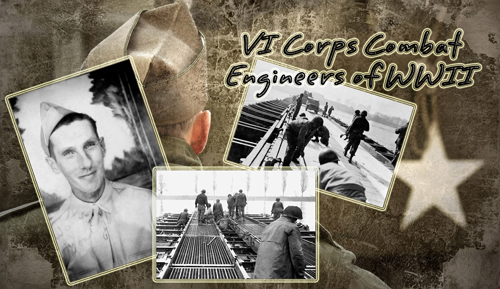Received this letter from Captain John Fallon, the other day. Sent his question to our historian, Michael Brodhead for illucidation.
Subject: answer to a vet's question
Good morning Mike:
Hey, would you know off the top of your head, how many engineers served
during WWII? One of my vets wrote to me over the weekend and was curious to
know the numbers of those who served in each branch of the army. He believes
there were more engineers than any other, but I would have to believe there
were a lot more infantrymen.
Anyway, this is certainly not a pressing issue, but if you come across this
in the future, please pass it along to me.
Have a wonderful day,
Marion
Hi Marion,
A volume in the Army's official histories of World War II series, The Corps
of Engineers: Troops and Equipment, by Blanch Coll, et al., gives the figure
of 596,567 Engineer soldiers as of 30 June 1945 (page 239). The preface
states (p. ix) that this accounts for "about 8 percent of the Army."
I hope this is the information wanted. You are probably right in thinking
that there were more infantrymen.
All the best, Mike
Proud Daughter of Walter (Monday) Poniedzialek
540th Engineer Combat Regiment, 2833rd Bn, H&S Co, 4th Platoon
There's "No Bridge Too Far"




